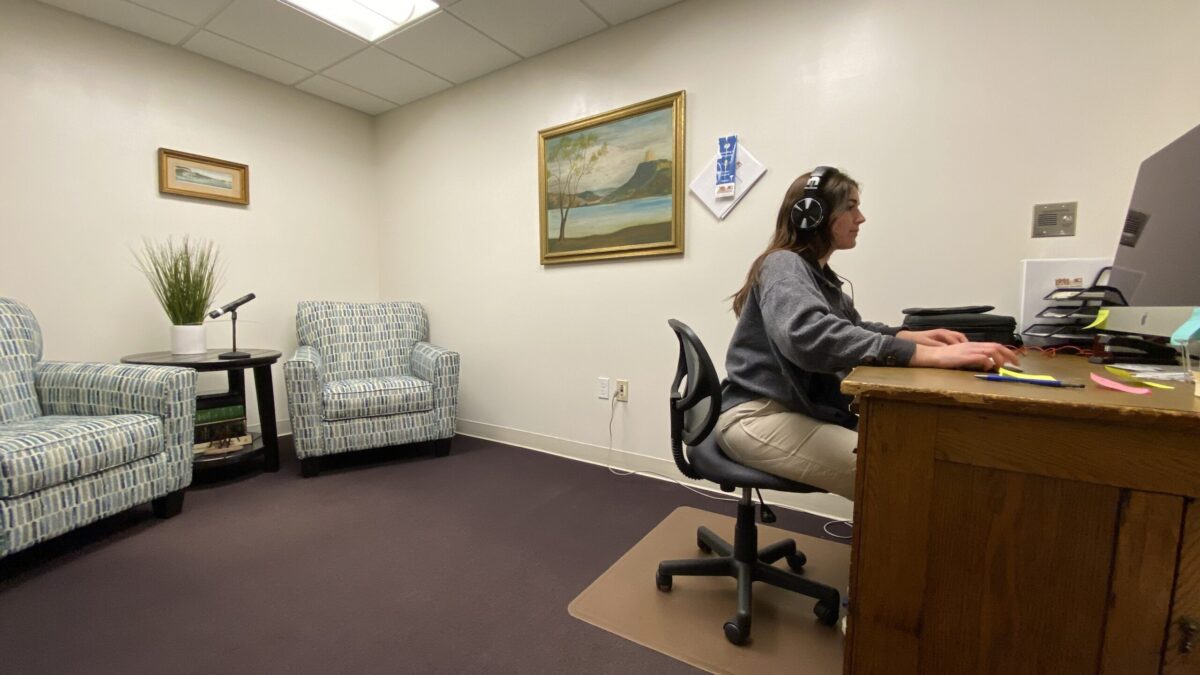What’s an Oral History?
Say what? If you’ve never heard the term “oral history” before, it’s not necessarily as academic as it sounds. Webster’s Dictionary explains it as “a recording containing information about the past obtained from in-depth interviews concerning personal experiences, recollections, and reflections.” Simple.
However, simple does not mean unimportant. An individual’s life experience offers a singular perspective on events in the past. Professors, historians, and authors reference such narratives as primary sources for their research, writings, exhibits, documentary films, and other publications that direct how we interact with the past. Winona County Historical Society (WCHS) uses oral histories – both recordings and transcripts – to bolster the county’s historical record and inform the exhibits at the History Center museum. People’s encounters with Winona County are key to understanding where we are today, how we got here, and where we want to go in the future. And there’s a place for you too in our rich collage of history.
What work has WCHS done so far?
WCHS has already been hard at work recording historic voices. We’ve collaborated on Native oral histories with Erich Lippman, PhD, through a Gale Family Library Legacy Research Fellowship. The partnership allows WCHS to consult a Native Advisory Council, to foster long-term relationships with Dakota communities connected with Winona County, and to reflect native perspectives in exhibits and public signage.
Donations from The Carl and Verna Schmidt Foundation, Ashley Furniture, Winona Community Foundation, and Winona Friendship Center helped WCHS to acquire basic oral history recording equipment, lab room furnishings, and funds for transcription so that we could begin the work of gathering all these county stories. We’re up to 22 new recordings!
Stay tuned for Part II of “For the Record,” coming to the blog next week!
Pictured: Curator of Collections Lindsay Stussy editing a recording transcript in the Oral History Lab at Winona County History Center.


